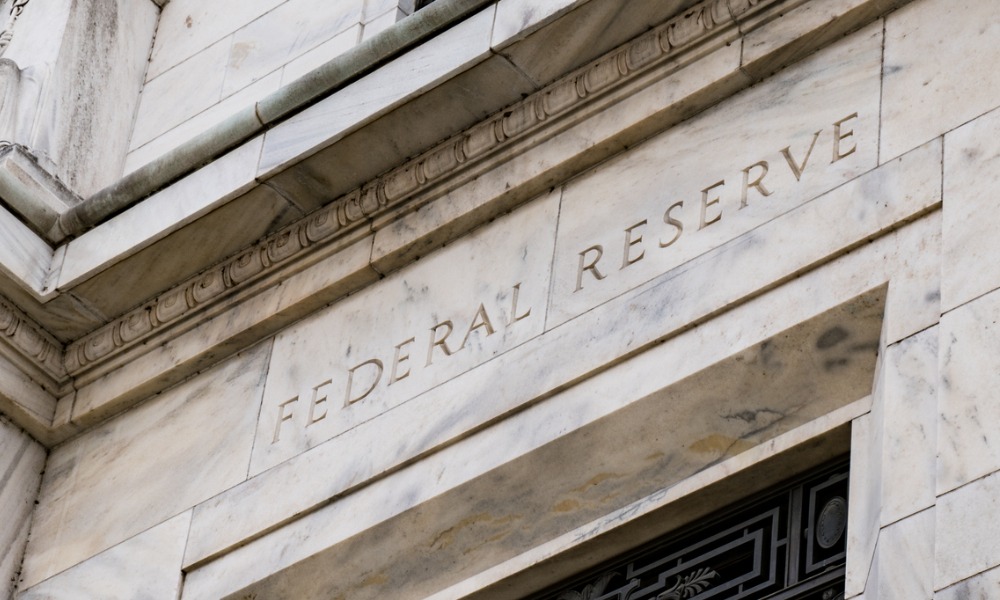Dow reaches new highs amid tech sector shifts, as investors anticipate Federal Reserve

The Dow Jones Industrial Average reached a record high on Monday, closing up 65.44 points, or 0.16 percent, at 41,240.52, as investors attempted to recover from a significant sell-off earlier in the month, according to CNBC.
The 30-stock index climbed over 200 points earlier in the day, setting a new intraday record before pulling back. Meanwhile, the S&P 500 dropped 0.32 percent to 5,616.84, and the Nasdaq Composite declined 0.85 percent to end at 17,725.76.
Traders appeared to be rotating out of the technology sector and into other areas of the market. The S&P 500 energy sector saw a gain of more than 1 percent, while tech stocks fell by 1 percent.
Nvidia, a key player in the artificial intelligence sector, closed down 2.3 percent ahead of its earnings report due on Wednesday, which traders are closely monitoring as it could significantly impact the market. Other chip stocks, including Broadcom and Micron, also experienced declines.
Ross Mayfield, a Baird analyst, commented to CNBC, “I think there’s a little angst in the technology sector about the upcoming Nvidia earnings. The market is in a pretty healthy place, but it is really hard to make big advances higher if tech is a laggard — it’s just too big of a weight in the index — and right now, it is acting like a laggard.”
The market started August under pressure due to concerns about a possible recession and the unwinding of a popular hedge fund trade linked to the Japanese yen, which pushed stocks off their record levels.
On August 5, the S&P 500 experienced a 3 percent drop, its largest one-day loss since 2022, and the Dow plunged over 1,000 points, marking its worst sell-off in about two years.
However, expectations of lower Federal Reserve interest rates and improving US economic data have since driven stocks higher. Since August 5, the S&P 500 has surged 8 percent and is now less than 1 percent away from its record high set-in mid-July, while the Dow has risen by over 6 percent.
The broader market has also rebounded, with the small-cap Russell 2000 rising following comments from Fed Chair Jerome Powell.
Last week was strong for stocks, highlighted by Powell's remarks, which laid the groundwork for future interest rate cuts.
Wall Street has been eagerly anticipating a rate cut, especially given some troubling economic data that triggered the early August sell-off and raised concerns that elevated borrowing costs could harm the US economy.
Although Powell did not specify when or by how much interest rates might be reduced, traders remain unanimous in their expectation of a rate cut at the Fed’s September policy meeting, according to the CME Group’s FedWatch Tool.
Sam Stovall, chief investment strategist at CFRA Research, noted, “We think they’ll do 25 basis points in September, November, and December, because they want the market to know that they are not behind the curve, but at the same time, they want to ensure that they are not going to go too quickly into a cutting mode.”



